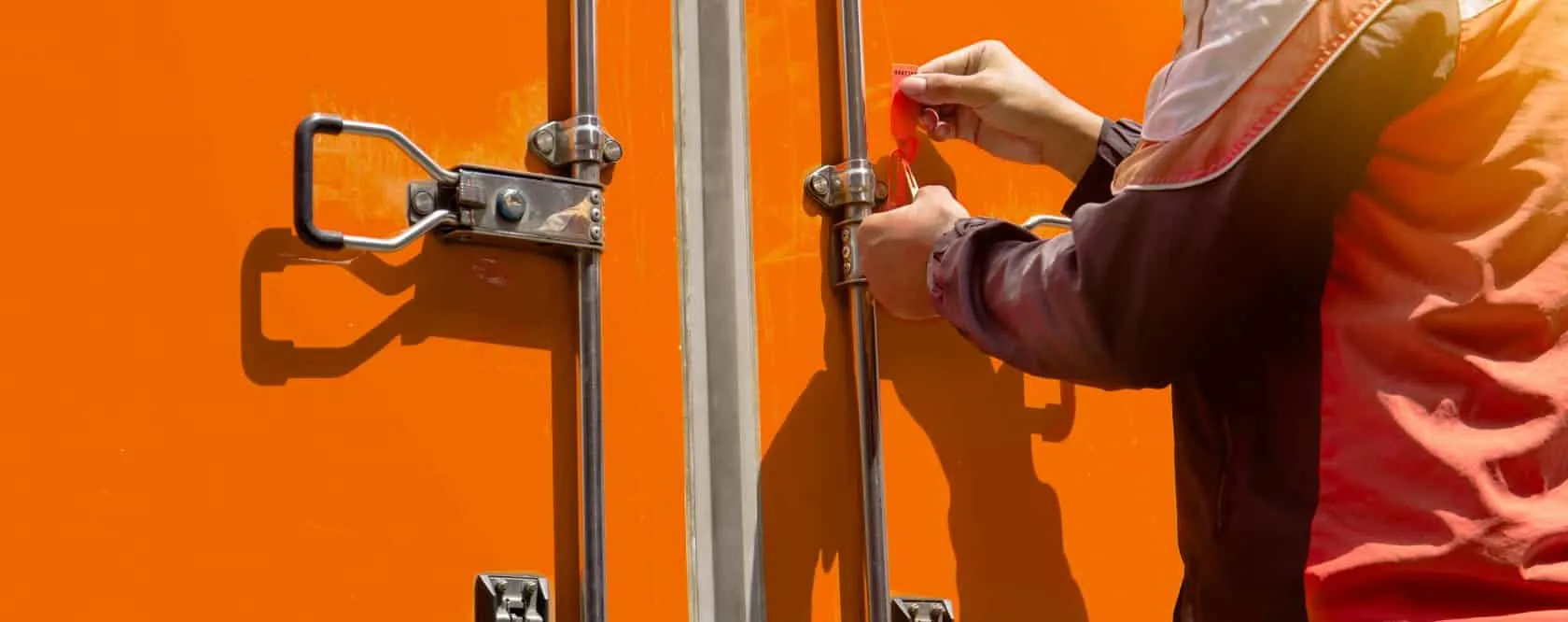
TT warns container seals are being ignored to the detriment of cargo security
LONDON : Loss due to theft is among the top three causes of claims received on an annual basis by the international freight and logistics insurance specialist, TT Club. Identification of trends, spikes and hot spots surrounding this aspect of supply chain crime is a primary function of the insurer, as is the issuing of guidance to help mitigate such losses. In the latest of its ongoing series of Security Bulletins, TT focuses on the crucial importance of the container seal, as a fundamental tool in assuring the integrity of global cargo transportation.
Despite the existence of a wide range of security seal types, from basic plastic clips through to the frequently used bolt seals, and now sophisticated digital options, many in the supply chain are ignoring their benefits in maintaining cargo integrity and promptly identifying theft.
Thieves have devised complex strategies, as well as traditional bolt cutters, to access a container’s cargo undetected. These include recruiting insiders and manipulating seal numbers, either manually or using 3D printing so almost identical seals can be affixed once the cargo is stolen.
“Whatever sealing regime is employed its effectiveness crucially depends on how the process is managed,” emphasises TT’s Logistics Risk Manager, Josh Finch. “It is important for supply chain managers to be aware of the limitations of the various seal designs but also appreciate that whatever seal type is employed, their efficacy hinges on whether the information from the seal is accurately checked. A security culture must pervade operations at both loading and unloading points, as well as other key handling locations.”
Often personnel at the receiving warehouse view the seal as a nuisance, something that needs to be cut from the doors prior to them opening the container and unpacking it. However, identifying any tampering with the seal can be vital insofar as liability is concerned, helping to pinpoint exactly how the theft occurred, who was involved and where goods were damaged or stolen. “Moreover such knowledge clearly acts as guidance in taking steps to avoid future incidents,” comments Finch.
A vital consideration in expanding the use of seals is that almost all are currently either single-use or have an element that is plastic. Clearly, promoting their widespread usage involves consideration of sustainability, especially as the industry focuses increasingly on environmental, social and governance (ESG) issues. Speaking of this limitation, Finch comments “While there are clearly environmental concerns with many container seal solutions, we cannot ignore the societal implications of allowing cargo theft to thrive in the industry. TT sees innovation in all areas of the transport and logistics industry, and we see great potential in digital seals that increasingly appear on the market.”
Gathered together in this Security Bulletin is TT’s own loss prevention advice together with collaborative work undertaken with other like-minded organisations in this space. From basic descriptions of seal specification, performance characteristics and benefits to new e-seal and tracking technology, and from details of criminals methodologies to guidance on best practice to combat theft, the Bulletin outlines the crucial role seals should play in operators’ security processes and culture. It can be accessed free of charge HERE
